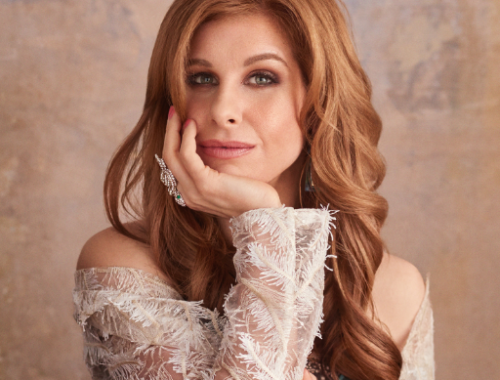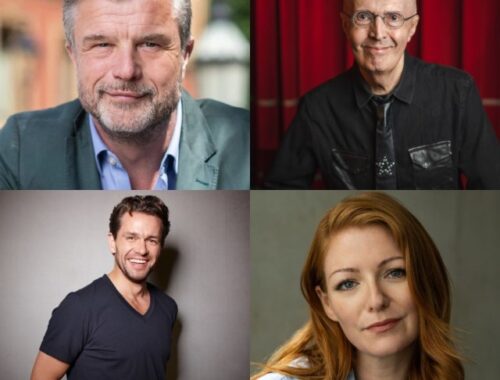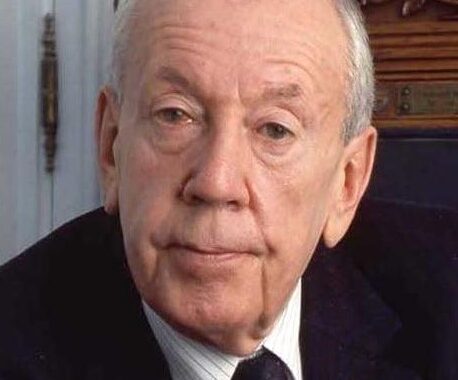SATURDAY 4TH SEPTEMBER 2010 PROM 66: BERLIN PHILHARMONIC/ RATTLE
Royal Albert Hall
The Mahler had come the night before – this second Berlin Philharmonic Prom imaginatively chronicled the before and after. Foundations were laid in the sustained unison of strings and wind that is the opening of Wagner’s Parsifal. The Berlin strings have their own built-in acoustic, a resonance, a sostenuto, which can at best defy explanation. But when repeated an octave higher with solo trumpet adding a halo of light to the sound, the Royal Albert Hall was suddenly the Temple of the Grail and the effect of the entire prelude was one of seamlessness, of music removed from time and space where barlines ceased to matter or to exist.
Then to Mahler’s younger contemporary Richard Strauss and the work premiered in this very hall 60 years earlier – Four Last Songs. Karita Mattila’s big shining voice might well have put one in mind of the songs’ originator Kirsten Flagstad had she not so memorably reined it in to radiate her inner-wonderment in a succession of melting phrases woven in and out of pellucid orchestral textures. Such singing was only possible because Rattle and his players were ever mindful of where the voice needed to be buoyed up and where, in middle and lower register (as in the opening of the first song, “Frühling”), the intimacy of the text demands clear space.
Mattila’s performance conveyed a lived-in experience married to great technical accomplishment. The difficult ascendancy of “Beim Schlafengehen”, where “the soul unguarded would soar free in flight”, was blissfully well-tuned, plunging to a seductively chested sound on the phrase “magic sphere of night”. And though she and Rattle courted affectation with the extreme slowness of the final song “In Abendrot” the inwardness of it was special and the orchestral postlude (with its two piccolo larks ascending) serenely transcendent.
Rattle’s decision to segue the three Second Viennese School masterpieces of the second half together to create, as he put it, something akin to Mahler’s 11th Symphony, was a masterstroke. In Schoenberg’s Five Orchestral Pieces and Webern’s Six Pieces for Orchestra we experience an extreme distillation of Mahler’s sound world and expression – more concentrated in the crystalline texturing of the Webern whose protracted funeral march with its climactic resonance of percussion so vividly recalls Mahler’s “Resurrection” Symphony.
The virtuosity and precision and, most importantly, expressivity of the playing was nothing short of astonishing and as the hammer blows descended (Mahler 6 in microcosm) in the last of Berg’s magnificent Three Orchestral Pieces the thought occurred that only here and now had we ever really heard them as Berg imagined them.
You May Also Like

COMPARING NOTES WITH CASSIDY JANSON
26/07/2021
RICHARD RODGERS: SOMETHING WONDERFUL – Jewish Literary Foundation Book Week 2025
17/01/2025